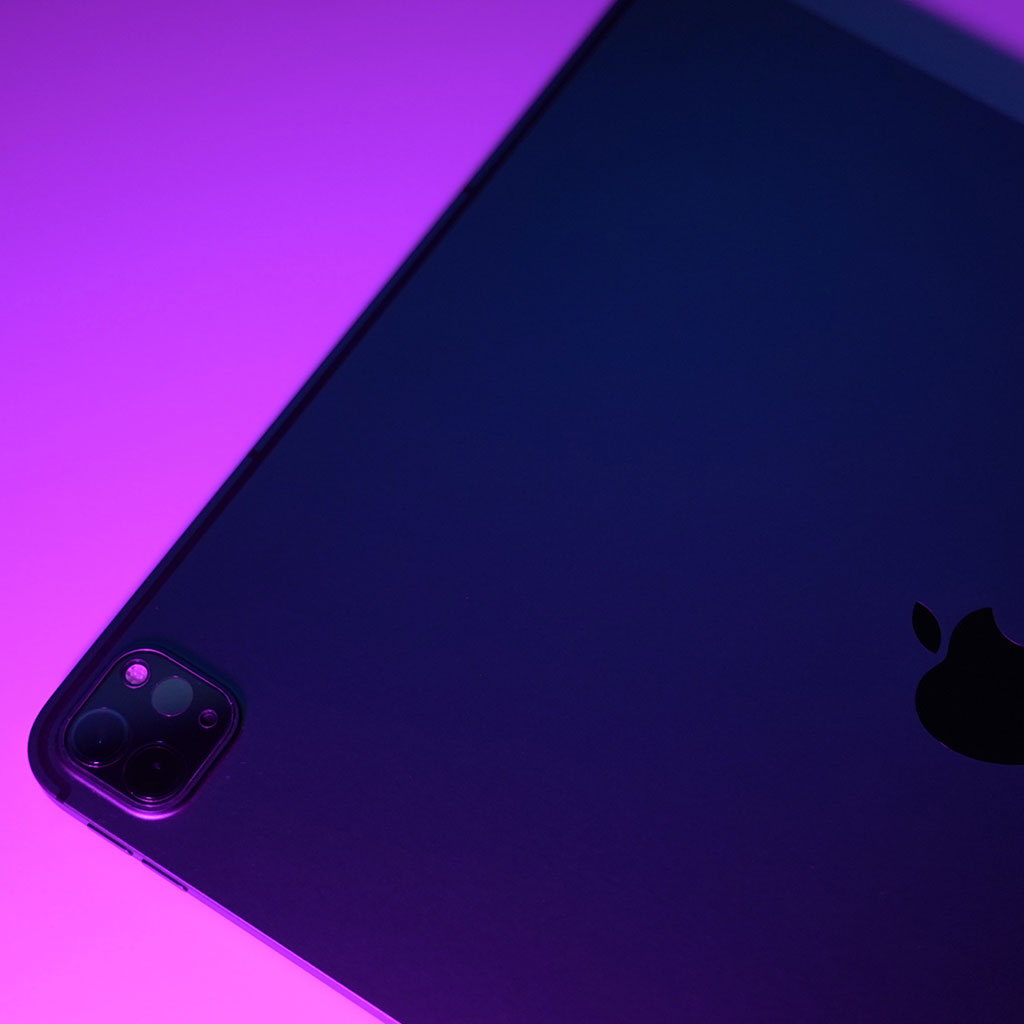What generation is iPad 2021?
What generation is iPad 2021?
The iPad lineup in 2021 encompasses several models, each belonging to a different generation and offering various features and capabilities. This article explores the generational distinctions among the iPad models released in 2021, helping users understand the key differences and choose the right iPad for their needs.
Which generation is the iPad released in 2021?
In 2021, Apple introduced several new iPad models, each belonging to different generations. Here’s an overview:
- iPad (9th Generation): Released in 2021, this is the 9th generation of the standard iPad. It features an A13 Bionic chip, a 10.2-inch Retina display, and supports the 1st generation Apple Pencil. This iPad is known for its affordability and versatility, making it a popular choice for students and casual users.
- iPad mini (6th Generation): Introducing the game-changing 6th gen iPad mini, revolutionizing 2021! It features the powerful A15 Bionic chip, a 8.3-inch Liquid Retina display, and supports the 2nd generation Apple Pencil. The iPad mini is known for its compact size, making it highly portable and suitable for a range of tasks.
- iPad Air (4th Generation): While not released in 2021, the 4th generation iPad Air (2020) remains a relevant option. It’s equipped with the A14 Bionic chip, a 10.9-inch Liquid Retina display, and supports the 2nd generation Apple Pencil. The iPad Air strikes a balance between the standard iPad and the more advanced iPad Pro models.
- iPad Pro (5th Generation): The 5th generation iPad Pro models were introduced in 2021. They feature the incredibly powerful M1 chip, available in two sizes – 11 inches and 12.9 inches. These models support the 2nd generation Apple Pencil and are geared towards professionals and power users, offering top-of-the-line performance and a host of advanced features.
It’s important to note that the generational distinction in iPads denotes the major update in hardware and features. Each new generation typically brings improvements in processing power, display technology, and compatibility with accessories like the Apple Pencil.
What are the main differences between the 11-inch and 12.9-inch 5th gen iPad Pro?
The primary differences between the 11-inch and 12.9-inch versions of the 5th generation iPad Pro lie mainly in their display sizes and associated form factors. The 11-inch iPad Pro features a slightly smaller Liquid Retina XDR display, measuring, as the name suggests, 11 inches diagonally. It provides a highly detailed and vibrant visual experience, making it a versatile option for a range of tasks, from productivity to creative endeavors. On the other hand, the 12.9-inch version stands out with its larger display, offering an expansive canvas for users to work with. This larger size lends itself particularly well to tasks that benefit from a more spacious screen, such as graphic design, video editing, and multi-tasking with multiple app windows.
Another key distinction is the inclusion of mini-LED technology in the 12.9-inch iPad Pro. This innovative display technology enhances contrast ratios and improves brightness levels, resulting in deeper blacks and more vivid colors. The 11-inch version, while still boasting an impressive display, doesn’t incorporate mini-LED technology. Due to its larger size and the advanced display technology, the 12.9-inch iPad Pro may be the preferred choice for professionals and creatives seeking the highest level of visual fidelity and color accuracy for their work. However, the 11-inch version remains a powerful and versatile option for users seeking a more compact yet powerful device for their day-to-day tasks.
How does the M1 chip in the 5th generation iPad Pro enhance its performance compared to previous models?
The introduction of Apple’s M1 chip in the 5th generation iPad Pro marks a significant leap in performance compared to its predecessors. The M1 chip, which made its debut in Apple’s Mac lineup, is a powerful and efficient system-on-a-chip (SoC) designed by Apple. Its integration into the iPad Pro delivers several key performance enhancements.
Firstly, the M1 chip features an 8-core CPU and an 8-core GPU, providing a remarkable boost in processing power and graphics performance. This translates to faster app launches, smoother multitasking, and improved overall responsiveness. Whether you’re editing high-resolution videos, working with complex 3D models, or running demanding professional apps, the iPad Pro with the M1 chip handles these tasks with ease. Additionally, the M1 chip’s unified memory architecture ensures efficient memory usage, allowing apps to run seamlessly without slowdowns.
Another advantage of the M1 chip is its energy efficiency. It strikes a balance between power and battery life, enabling the iPad Pro to deliver exceptional performance while maintaining impressive battery longevity. This is particularly crucial for users who rely on their iPads for productivity, creativity, or entertainment throughout the day. Furthermore, the M1 chip’s advanced image signal processor (ISP) enhances camera performance, making video calls and photography more enjoyable. Overall, the inclusion of the M1 chip in the 5th generation iPad Pro represents a substantial leap in performance, ensuring it remains a top choice for users with demanding computing needs.





You must be logged in to post a comment.